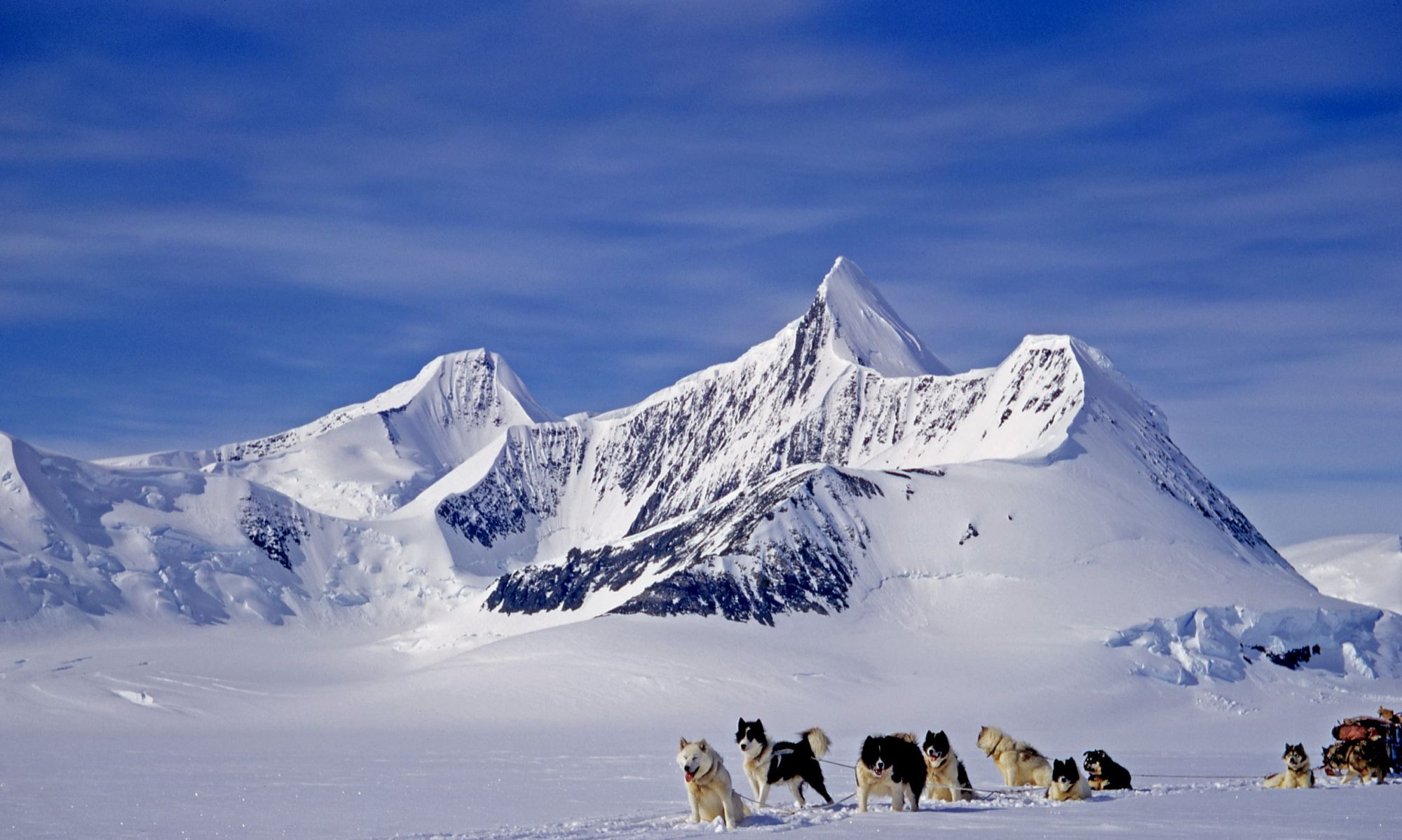VP-FAN – Pilatus PC-6/B1-H2 Turbo-Porter c/n 619
Header Photo: Keith Holmes
Purchased new from PFAG by NERC for BAS and noted at the factory at Stans, Switzerland in late September, 1966, painted overall in ‘International Orange’ wearing only its c/n (See later). Delivered (crated) to Southampton for shipment on ‘Perla Dan’ to Deception Island, South Shetlands, arriving there on January 8th, 1967. Unloaded, assembled and fitted with wheels/skis before being test-flown on January 13th, 1967. No (official) registration allotted to it by the FI Registrar of Aircraft and all references to it having been allocated or painted as VP-FAN are erroneous. As an identity, the c/n was worn in large digits on both sides of the fin. Flown south to Adelaide on January 26th, 1967 for BAS support flights, returning to Deception on March 6th, 1967 for servicing and storage.
Flight-tested on August 15th, 1967 and flown to Adelaide on August 18th, 1967. From there it was used to resupply or establish a chain of five BAS depots between Fossil Bluff on Alexander Island and Stonington. As it was about to get airborne on February 26th, 1968 from a patch of ice at the junction of the Miller and Meiklejohn Glaciers in Palmer Land, a weld in the Port undercarriage leg fractured and the ski turned outwards causing the aircraft to slew violently. The pilot (Flt Lt John Ayers) and his two passengers were unhurt but the tail ski was torn off. An attempted wheel take-off from the same patch of ice on March 1st, 1968 nearly ended in disaster when the starboard wheel broke through the ice crust and the aircraft briefly tipped onto its nose before crashing back on to the ice, twisting the rear fuselage.
Having secured the Porter as best as they could in the hope that parts could be salvaged at some future time, the 3 men and dog team sledged 130 miles to reach Fossil Bluff, including a crossing of the water-logged King George VI Sound.
There was now a compliment of 5 men at Fossil Bluff, and they would now have to survive the winter in a hut designed for 4 men.
The team wintering at the Bluff was Martyn Bramwell (Adelaide met); Rod Ledingham (Adelaide met) John Walsh (RAF Air mechanic); Graham Smith (geologist) and John Ayers (RAF pilot) and they were destined to have an uncomfortable winter, requiring them to take turns in sleeping on the floor.

